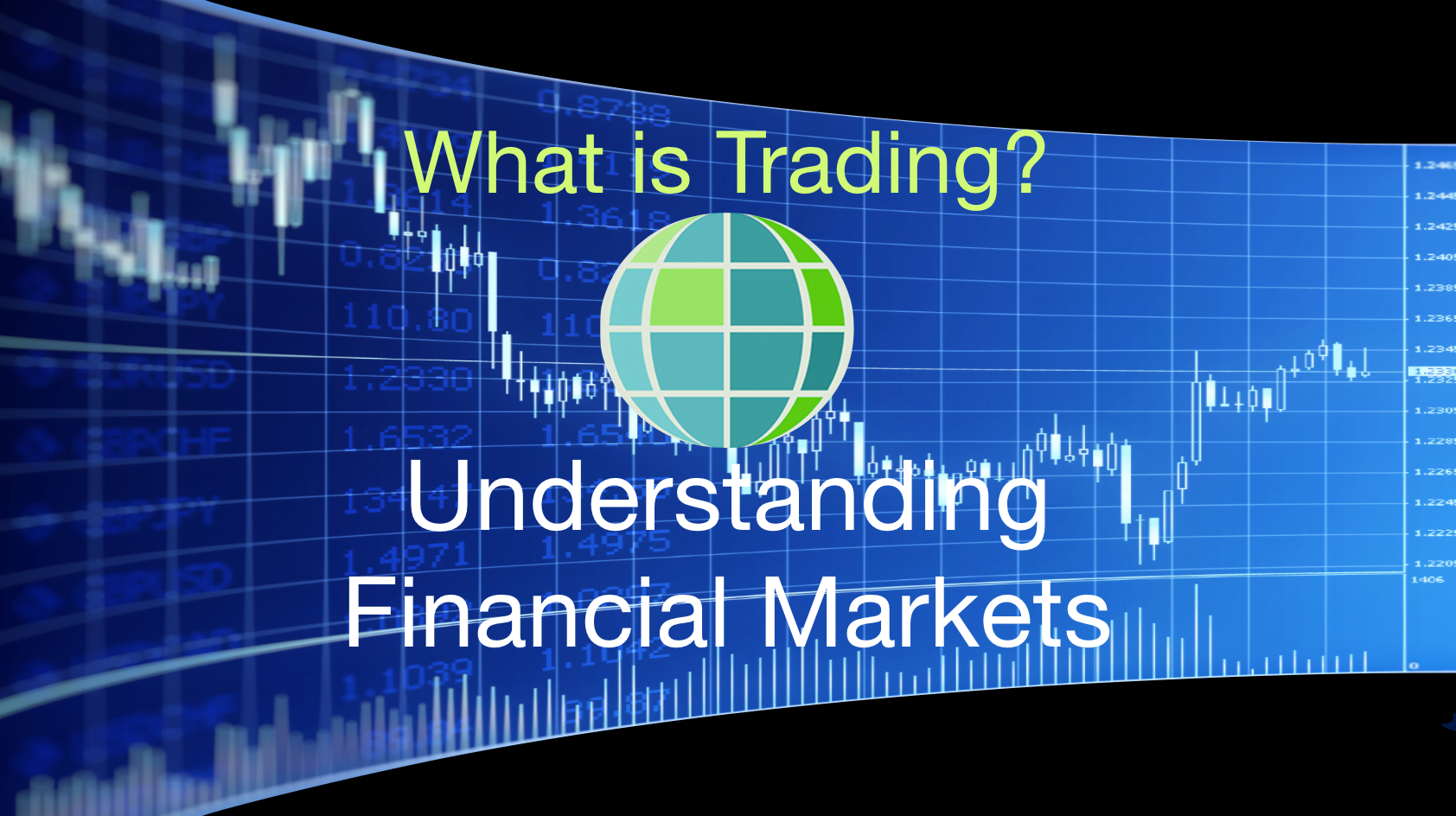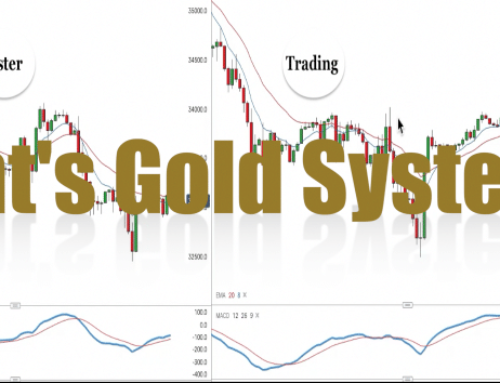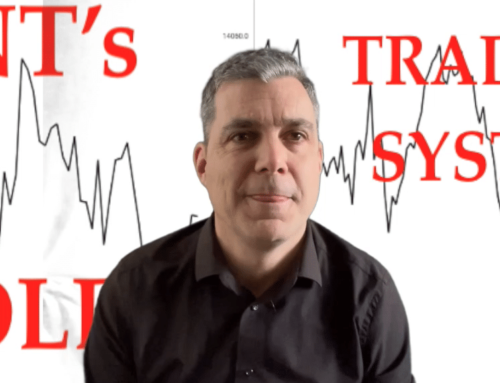What is trading exactly? What is involved with trading? How do I make money trading? These are the most common questions that people ask about what I do.
It is easy to get bamboozled by all the information out there about the different financial markets, forex, shares, stock indices, commodities etc. It is easy to tie yourself in knots trying to decipher all of this information to find a market to trade in and make some money, which after all is our aim.
Actually there are only a couple of important concepts to get your head around initially in order for you to start to understand how markets work and start to devise a trading strategy. Those concepts are firstly supply and demand and secondly probability.
Market forces
Forces of supply and demand are just simple economics. If there are more buyers than sellers then prices will go up. If there are more sellers than buyers then prices will go down.
Prices in financial markets are doing one of three things. Either they are going up, down or staying the same. Therefore prices are affected by the number of buyers and sellers in the market. The question that we have to work on is, how do we judge whether there are more buyers or sellers in the current market and how will this change for the duration of our trade? This is something that I can help you with.
Essentially, if people only thought that prices would rise, then there would only be buyers in the market and prices would skyrocket due to a lack of supply, lack of sellers. Buyers would need to pay more and more to persuade people to sell. Of course there is always a price at which people will be prepared to sell, but what will that price be if expectations are that prices will continue to rise?
If expectations were that the price of something would only fall in the future, then how many people would be looking to buy? None. This would mean that the market price of this thing would plummet and eventually become nil. If it were a business, then it would go bust.
In reality there will almost always be a price at which a few people would see “an opportunity” and would offer to buy. As long as there is a buyer and a seller then there is a market. At any one time either the buyer or the seller is making money as long as the price is changing.
What is trading? Is it the same as buy and hold investing?
Traditional buy and hold investing such as buying individual shares for the long run and holding on to goods for a period of time in expectation of them appreciating in value is still the most popular way of taking advantage of market forces. It is a persons expectation that if they choose their purchase carefully (or get someone in the know to make the selection for them), over a long period of time the price of this thing or these things will rise. Over a significant period of time this has tended to be the case.
Why is this?
Thinking again in very simple terms. The world that we live in has only a finite amount of space and resources (supply), we have a growing world population (demand). Therefore over time these resources, such as land and natural resources will rise in value as demand exceeds supply. This also means of course that businesses that use land and natural resources in the form of energy etc will need to pay more for their resources (increased competition and demand) and the producers and manufacturers will see their prices increasing and hopefully also their profitability (seen in the form of rising stock values).
Populations rise, natural resources become more scare competition increases, we find more efficient ways of living and economies grow. As people, businesses and countries become better off and have more financial resources so demand rises. There are more people with more money looking to buy increasingly scare resources. Prices rise.
This is why over a very long period of time we can expect markets and prices generally to rise. It is the reason why Warren Buffet became the richest person in the world. He made his money by operating a buy and hold policy of investing.
As this is all common knowledge there is a general expectation, or perceived probability that prices will rise over time. It is this expectation that drives people to invest their life savings and inherited money into stocks and shares and property. Expectation is a very powerful motivator in financial circles. Expectation drives markets.
All of this holds true as long as the principles remain constant. The thing is that all of the principles do not remain constant.
Sometimes markets fall
National and international economic growth is not guaranteed. Sometimes our economies are growing and sometimes they are contracting. Throughout the duration of history our economies have grown more than they have contracted but on a month by month, year by year basis an economy may grow or contract.
In periods of contraction the demand in the marketplace may fall and there may be over-supply, therefore during these periods prices may fall.
History is littered with periods where stock markets and commodity markets have fallen. Over a long time these periods of falling prices have been smoothed out by the subsequent rise in prices and the price peaks have become higher and higher. This may or may not be the case in future. So the question is how long do you want to hold your investment for? Are you prepared to wait until prices peak? What happens if prices spend the next 20 years falling?
Increasingly over the years other financial aspects have arisen and need to be taken into consideration. The world of financial markets are dominated nowadays by investment funds, hedge funds, banks and other so called institutional investors most of them using computers to manage their trades.
Much of the money that they use to buy into markets is borrowed money otherwise known as leverage. This means that they effectively pay a rate of interest to borrow money to invest or to trade with in the expectation that they can make a better return on the money borrowed than the rate of interest that they are paying. Therefore making a profit.
In the case of these institutions they are not prepared to wait for their investments to make them money over a long period of time. They want profit today! They therefore look for any opportunity to take advantage of price changes and price discrepancies. If they think that prices are going to rise (expectation of rising prices) they will buy. If they think that prices are going to fall (expectation of falling prices) then they will sell with a view to buying back later at a lower price. In fact they can also sell things that they do not own with a view to buying them back later at a lower price, using Futures markets.
To summarise then, they can and do borrow money to sell things that they do not own in the expectation that prices fall. Enough, this is getting complicated!
All we need to be concerned with really is that huge amounts of money are being traded constantly based on expectations of future rises and falls in prices. These are essentially bets that are being placed. Bet on a fall in price. Bet on a rise in price.
If enough people want to bet in the same direction then it increases demand and this alone will drive prices lower or higher. Increased demand leads to a rise in prices, increased supply (or increased demand to sell and buy back later at a lower price) will lower prices.
Demand, supply and expectations. For these reasons markets will fall as well as rise.
Trading and investing timescales
Each investor or financial trader will have different needs in terms of when they would like to have access to their funds. Some individuals invest over a long period of time in order to build a pot for their retirement, others save money for specific purchases, others need to take a weekly income from their funds. The same is true for institutions and governments, some are investing on behalf of trusts where they may not need access to funds for decades or longer, others have loans to repay, customers to reimburse and will need access to funds over very short timescales. This will have a constant impact on market prices.
If you have some money to invest and you do not need to access the investment for five years then you will be looking to find an investment that is likely to rise in value over that five year timescale.
If you have a friend who has some money to invest and is happy to keep the investment for twenty years, then they will be looking for an investment that they expect to rise in value over a twenty year period.
Will the same investment be suitable for both of you? Probably not because different investments will have different expectations in performance over different timescales. Typically longer term investors will take more of a risk with their money as there is a history of a long term correlation between risk and return.
The situation is similar with traders, only over shorter timescales. Some will be trading for an income, some will be trading on behalf of shareholders, some will be trading with borrowed money, some will be trading to increase long term capital.
The culmination of all investors and traders expectations over price changes, their specific timescales for investment or trading will affect demand and supply and therefore prices in any one market at any time.
Right now some people may be selling to realise capital and take profits or cut losses, some may be buying or investing with a view to making future profits over a certain future timescale. Investors and traders are either buying, selling or standing aside and watching. The number of people and the amount of money that they trade or invest will determine the volume in the marketplace. In an active market there is always some volume and the market price is always changing.
Market participant expectations
Depending on need and the information available or the information that is being analysed, now might seem like a great time to buy for one person, whilst for someone else it might seem like a great time to sell. In terms of trading for example, now might look like a great time to trade long (buy) over a period of days and at the same time now might seem like a really good time to trade short (sell) over a period of ten minutes.
You therefore have two separate traders with the same intention of making money, one buying and one selling at the same time. When either the buyers side or the sellers side have higher expectations or greater need than another this is when one side starts to become dominant. At times like these prices start to trend and move heavily in one direction or the other. When markets are trending traders make most of their money.
If you want to learn to trade then we can help you. Join us on our online trading course or live in London at our Private Traders Academy.







Leave A Comment